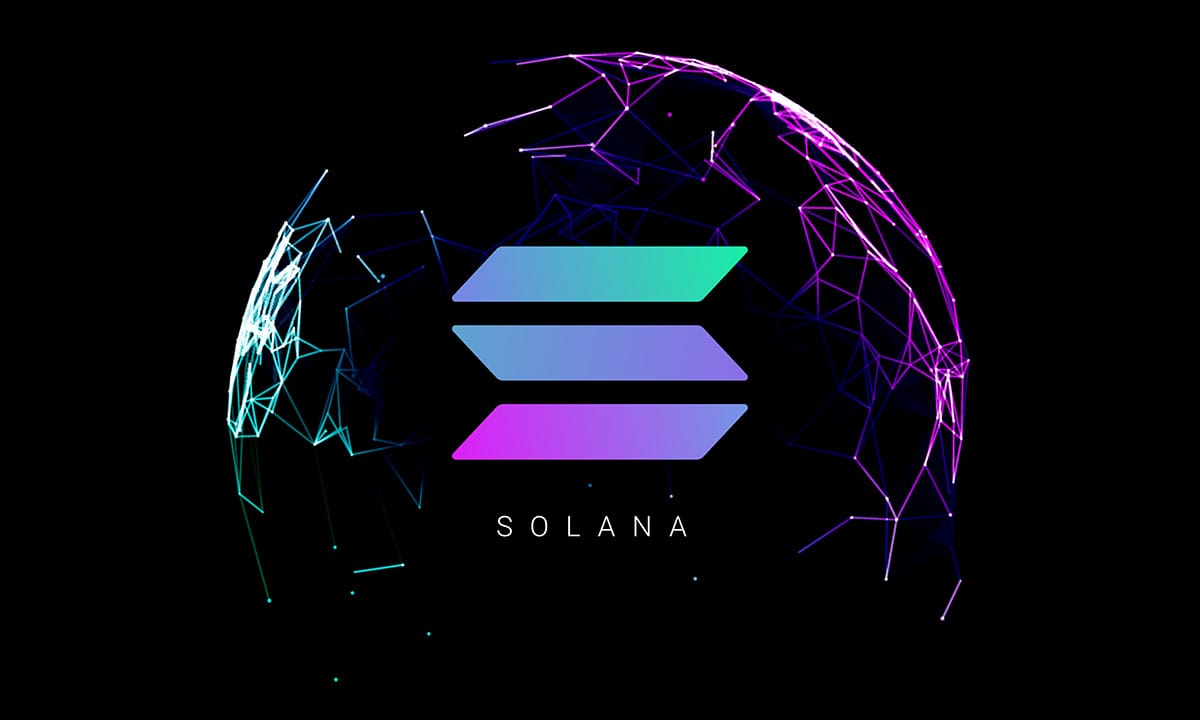The secondaries market is on track for a record year, with many experts expecting it to hit $150 billion in volume by end-2024. Of late, semi-liquid and open-end funds have been the talk of the town.
The appetite for evergreens is unquestionable, with firms like ICG, Pantheon, Coller Capital and Ardian launching or disclosing plans to launch such vehicles in 2024. Additionally, Blackstone, KKR and EQT all ramped up their private wealth offerings over the course of the year.
An Evercore report found that secondaries buyers have raised around $62 billion via ’40 Act funds as of October. That could grow by another $12 billion-$15 billion in the next year.
While around two-thirds of buyers do not manage ’40 Acts, the Evercore report notes that 46 percent of buyers are planning to raise such vehicles, with 22 percent planning on raising them in 2025. However, as managers continue to establish these vehicles, their impact on pricing has become a big question.
The answer to that question, as affiliate title Secondaries Investor has reported, isn’t black and white, with the degree of their impact varying considerably. Evercore found ’40 Act users are outbidding competition by an average of 6 percentage points. However, other sources said evergreen funds are not making a significant impact on pricing at all.
Raymond James managing director Jeffrey Bollerman said he hadn’t seen any pricing pressure yet. However, he added “it would be naive to think when these vehicles have strong fundraising months that they won’t have strong deployment months”.
Whether pressure is being felt or not, some noticeable trends are beginning to emerge.
Research from investment bank Baird found investors with ’40 Act fund participation have underwritten deals with IRRs as low as 10-12 percent, outbidding traditional LP-stakes buyers with higher IRR targets. In turn, that’s pushing some buyers away from the LP-led market and into the GP-led market, where evergreens are not particularly active.
Jeremy Duksin, co-head of Baird’s GP Solutions group, said buyers who focus on both LP- and GP-leds will “swing the pendulum” toward the latter, increasing competition in that market.
GP-led competition also comes from evergreen managers. Duksin noted that evergreens typically invest in the LP market, allowing firms that run an evergreen alongside their flagship fund to use the former more for LP-leds and the latter more for GP-leds.
Duksin said, compared with 2023, Baird has seen larger cheque sizes this year from almost all of the firms that have evergreen vehicles. Ultimately, this gives those managers more capital to deploy in the GP-led market, leading to a healthier, more competitive market. He described it as a “win-win-win”.
“I think GP-led deals are healthy for all constituents,” Duksin said. “They create positive outcomes for GPs, LPs and secondary market participants.”
GP-leds have historically been maligned by LPs. A 2022 Lazard report found that LPs sold their exposure in a fund 90 percent of the time when given the option to sell or roll over into a continuation vehicle. In 2024, sources told Private Equity International that number is still high.
PEI spoke with several LPs this year to understand what they really think about CVs. Their feelings were conflicted: they can be powerful tools, investors said, but they pose several challenges. Deciding to roll over or sell can be difficult for LPs due to a tight window to make a decision and no standard agreement on what a status quo option looks like.
Like them or not, the market for GP-leds is booming. A November report from William Blair found that secondaries investors expect GP-led volume to reach $75 billion by the end of 2024, accounting for more than half the year’s deal volume. A DC Advisory report predicts a similar total, with secondaries investors surveyed expecting GP-led volume to exceed $67 billion by the end of the year.




